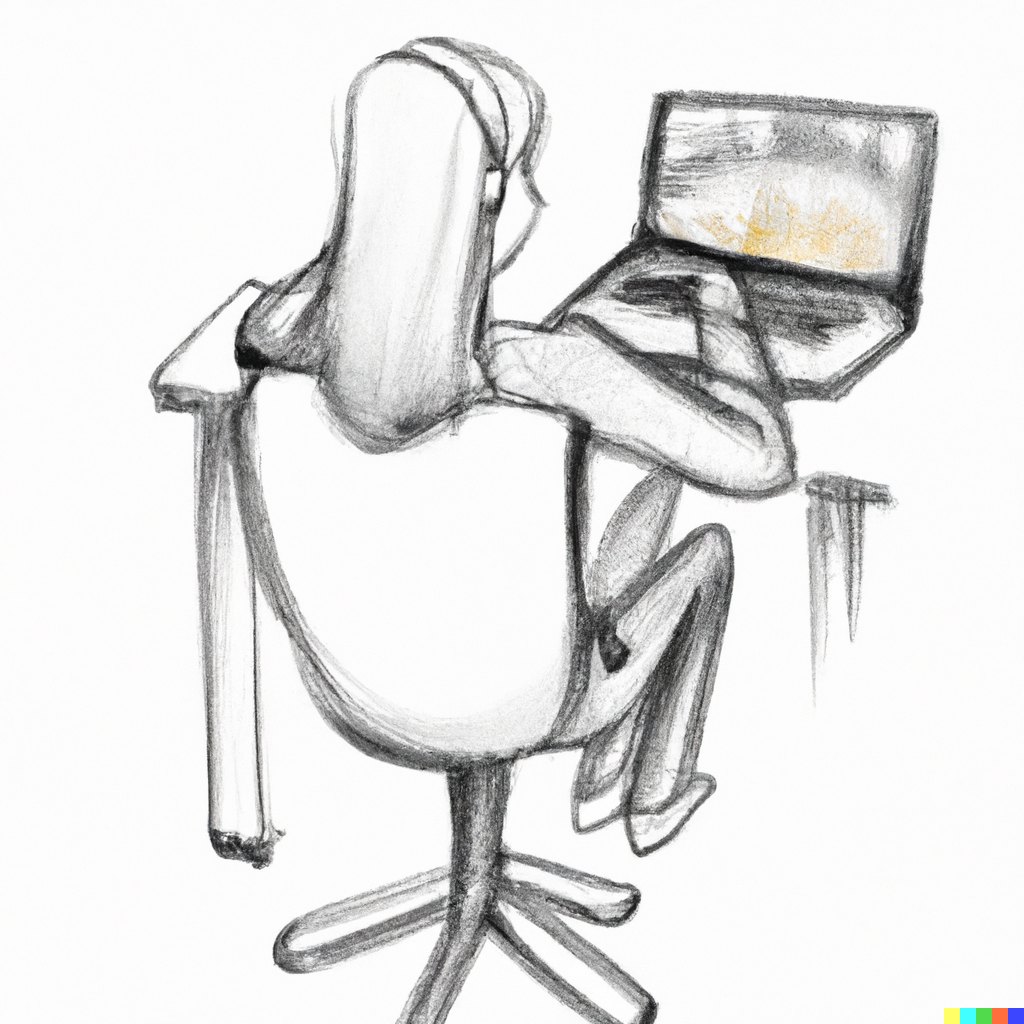
I’ve been working remotely for 8+ years and now running a team distributed at least across five countries. It’s challenging, but it’s also very likely the best work environment that can help you attract talented people no matter where they live.
When I decided to improve our processes, I read all the guides on remote management I could find. Companies like Gitlab, Todoist, Buffer, Basecamp, and many others, have produced countless pieces on this. One of their shortcomings is that most are targeted at teams that are quite large, at least 50 people and more. So I wanted to describe my own experience, which might be relevant for smaller teams.
Async first
Remote work sucks unless you primarily work asynchronously. This was the mistake most teams made when they had to go remote in 2020. It means you should focus on written communications, not spontaneous calls.
When you’re in the office, people might just come to your desk to check if you’re there. You could go for lunch, a meeting or something else. If you are remote, people don’t see that. Therefore, they tend to call you out of the blue when they need something. That approach only leads to anxiety as you end up chained to your workstation. You should avoid this yourself and heavily discourage this practice in your team.
How can you do this? People still need to get the information they need somehow. A good remote work environment follows the same principles as any good work environment. This means a heavy focus on written comms. Create your company wiki where you write down your processes. But also keep memos on active projects. This is helpful regardless of the way you work. Too often, I notice that people, in fact, haven’t agreed on what they’re building and end up spending hours in meetings arguing with each other. When you have to write things down, you’re more likely to find out about these disagreements in advance.
Respect people’s time
In a remote environment, calls should be scheduled in advance. Of course, something urgent and unexpected can happen. Servers down, your client has a crisis, something else went down. Well, treat it as an odd and rare situation it is. You can establish SLAs for team members or specific roles if you feel like you need this.
Don’t set up unnecessary calls. Depending on your time zones, it might be OK to have a short daily standup. Regardless, all materials for the calls should be prepared and reviewed in advance. There’s nothing worse than a classic meeting where everyone is seeing materials for the first time, as one person is screensharing and reading out a document they wrote. This is simply unproductive.
Try to be mindful of people’s time. Avoid sending them non-urgent messages and emails late in the evening or during the weekend. All modern communication apps, whether email or Slack, have a scheduling function. Use it.
Hire the right people
Another good trait of any company, but especially a remote one, is hiring people who can manage themselves, giving them context, goals, and resources they need. People who don’t need someone to hang over their desk to produce work and get results. Certain companies with unimpressive middle management believe they must install monitoring systems to keep their workers in check. In fact, it’s very easy to assess the performance of any direct report without creepy surveillance. You should focus on the deliverables and the actual work being done. That’s the only way to assess your employees anyway.
Build the right structure
It might be a good idea to have regular 1:1 calls with your direct reports though. Spend that time discussing high-level things and sharing mutual feedback. Have a structure for this and lead with your example. In my experience, weekly is more than enough, and you can bring it down to once every two or four weeks, depending on your particular team.
Another purpose of these calls is to assess your reports’ well-being. When you don’t spend time with people, it might be difficult, and everyone has their own problems. You have to do it proactively. Otherwise, one day you might find yourself with a burned-down employee who wants to quit.
You have to build structure and processes to replace that watercooler kind of conversation that might happen offline. It won’t just happen organically. Structure your calls and channels, run activities, show examples, and ask people to do specific things.
Slack (or similar apps) is great for this:
- A channel for work-related topics where people share interesting links and tips and share their own experience
- A channel where people share their key achievements and challenges daily or weekly. You could set up a recurring call to discuss these and figure out solutions together.
- Use integrations to create channels tracking your key outputs and showcasing them to the team. That could be Github commits, media publications you secured, contracts won, practically anything. Be the champion of your employees and ensure they know what’s happening with the company and that their input is appreciated. Celebrate your wins.
And last, you should gather your team members for an offsite at a particular location a few times a year. It’s not cheap, but it’s way cheaper than renting an office 365 days a year. Develop a schedule of work-related activities but accept that the key purpose is to let people socialize and become closer to each other. Become a team.


